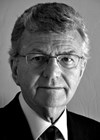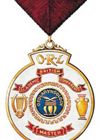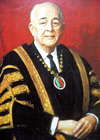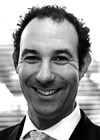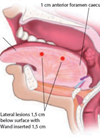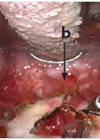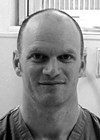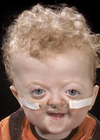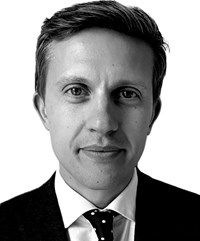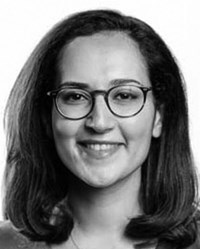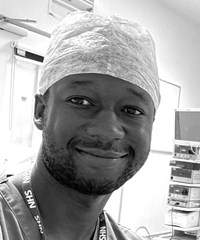ENT features archive for 2015
BACO: The Master’s role
Ian Mackay is this year’s BACO Master, with Valerie Lund taking over for the next meeting. As the senior overseer of the conference, the role of Master is a crucial one, and Ian tells us how he has gone about...
Academic BACO 2015
Putting together the academic programme for BACO is a monumental task. Academic Chairman Shakeel Saeed and Peter Andrews, the Academic Secretary of the conference, tell us how to make it a success. Conference season is nearly upon us, and Liverpool...
Ronald G Macbeth – the instigator of BACO
The structure of BACO has changed dramatically since the first conference in 1963, but the fundamental elements of academic excellence, instructional sessions and social events have been common threads. Andrew Freeland, who worked with Ronald Macbeth, the instigator of BACO,...
Reflections on organising the British Academic Conference in Otorhinolaryngology 2015
As the Local Host and Programme Director of BACO 2015, Andrew Swift is a pivotal person with local knowledge and contacts. He provides us with some top tips as to how to go about organising a successful conference. The ACC...
Sir Terence Edward Cawthorne (1902-1970): first Chairman of the BACO Academic Committee
Sir Terence Cawthorne was the chairman of the academic committee of the first BACO in 1963, and was Master of the second BACO in 1967. In this article, Neil Weir describes the life and career of one of the UK’s...
Young Consultant Otolaryngologists Head and Neck Surgeons at BACO 2015: symposium on the future of ENT
What does the future hold for ENT surgeons in the UK? Leaders of our specialty aim to provide insight based on current guidance and personal experience. The programme will be of interest to anyone wishing to gain an insight into...
Surgical management of sleep disordered breathing
Snoring and sleep-disordered breathing are often described as multi-level problems, and different surgical procedures are required to treat the various sites of airway narrowing and/or collapse. Jonathan Hobson gives us an eloquent run-through the various options available to the ENT...
Coblation tongue channelling
After uvulopalatoplasty, the tendency is to focus on the tongue base as the next anatomical area to address in the management of snoring and sleep-disordered breathing. In this article, Glen Burgess describes the technique of tongue channelling, to reduce the...
TORS for patients with sleep-disordered breathing
Transoral robotic surgery is now a well-accepted technique in malignant tumours of the tongue base. Here the team from St Mary’s and the Royal National Throat Nose & Ear Hospital in London describe its use in carefully selected patients with...
Anaesthesia for sleep nasendoscopy and snoring / obstructive sleep apnoea surgery
Surgery for sleep disordered breathing inevitably requires surgeon and anaesthetist to share the airway. Here, Edward Bick gives us the anaesthetic viewpoint, reiterating that communication is the key. A specific note is made of the anaesthetic technique for sleep nasendoscopy,...
The role of the respiratory physician in sleep medicine
ENT surgeons may feel that they are the first point of referral for the majority of patients with snoring and possible obstructive sleep apnoea, but in reality a significant number of patients with sleep-disordered breathing (of any cause) are seen...
Sleep apnoea in children with craniofacial syndromes
Whilst snoring and obstructive sleep apnoea are relatively common diagnoses in paediatric ENT, children with craniofacial syndromes take the problem to the next level. Robert Nash and Michelle Wyatt describe the Great Ormond Street multidisciplinary approach to treating this complex...


